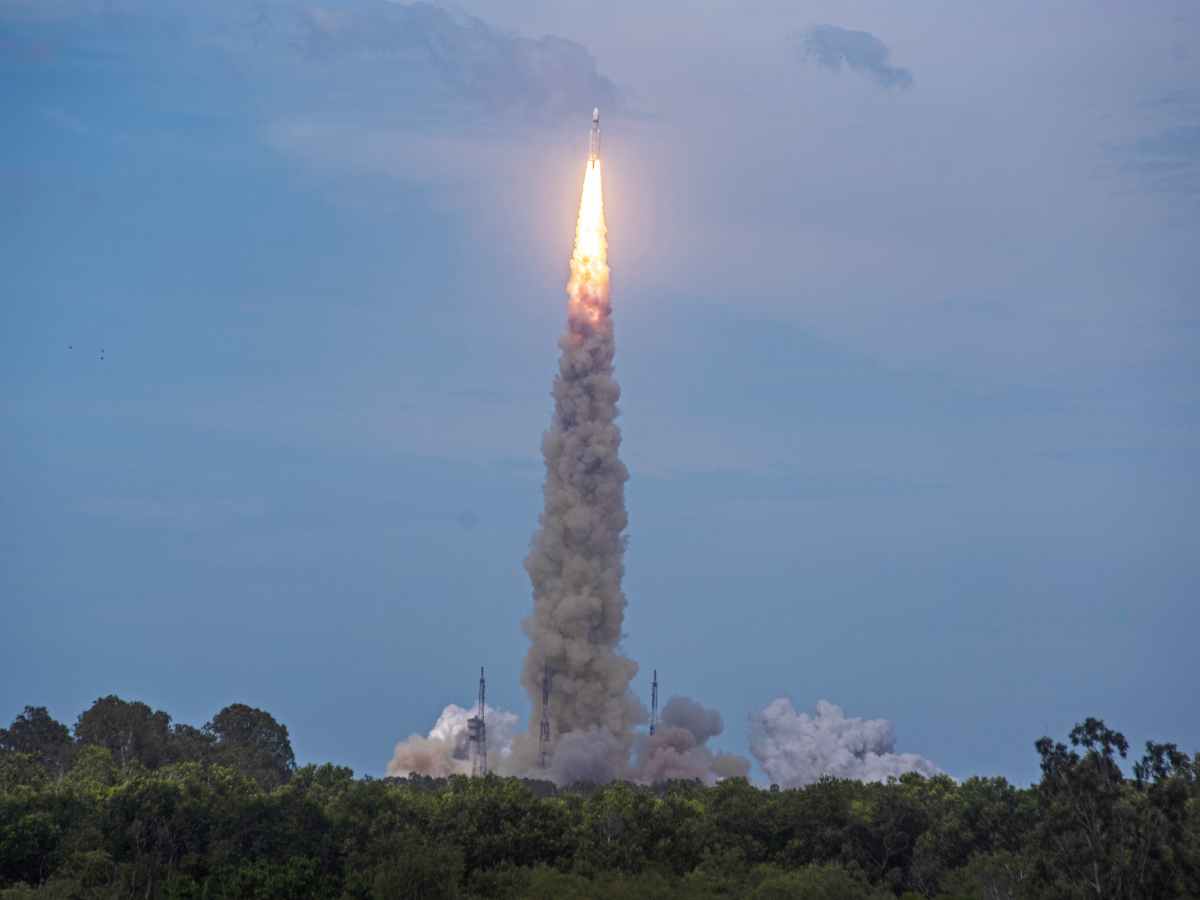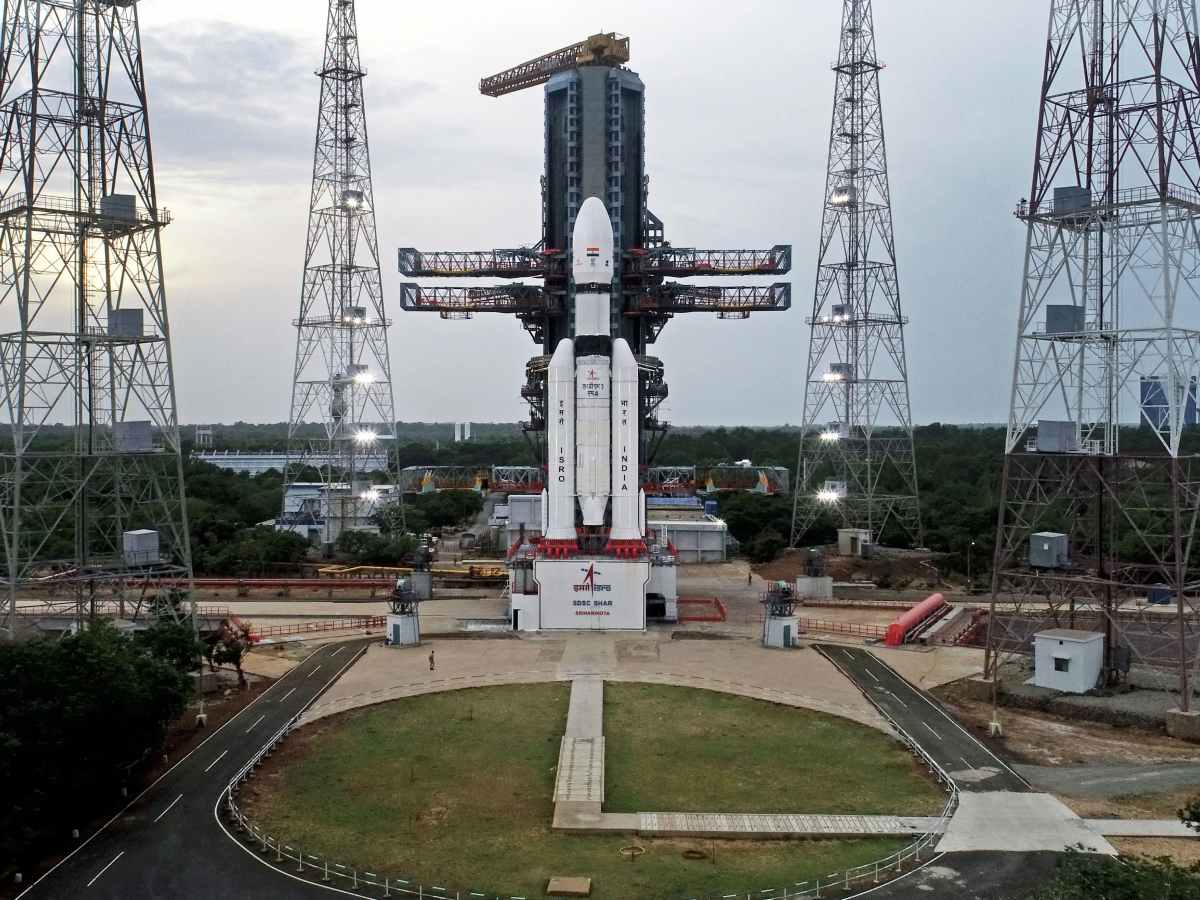Mrkalj
Buduća legenda
- Poruka
- 37.525
O, okej. Možemo se na to osloniti pri budućim udarima asteroida.Nema šanse da padobran to izdrži, zato je tu aerodinamika odradila posao i usporila modul do 325mph kad su se padobrani otvorili.
https://medium.com/the-wonders-of-s...mt-11-35-05-houston-time-on-july-43b67c7c1e1f
The Apollo 11 command module entered the atmosphere at 16:35:05 GMT (11:35:05 Houston time) on July 24, 1969.
A spacecraft re-entering the Earth’s atmosphere is a wonderful demonstration of the integration of science and engineering. Scientists make observations of how the universe works and then engineers are inspired to make machines that take advantage of these observations.
A spacecraft, like the Apollo 11 Command Module, is traveling at a great speed when it enters the atmosphere. Apollo 11 entered the atmosphere at almost 24 thousand miles per hour (10.67 km/s). It had to shed that speed before the capsule landed in the water. Parachutes couldn’t be deployed until the speed was down to about 350 mph (150 m/s). Without engines to slow it down, the only mechanism of deceleration was to have its kinetic energy transferred to the air molecules that it slammed into. We are talking about a lot of kinetic energy — about 300 billion joules. That’s about the same energy as Hoover Dam produces in 2.5 minutes.
That transfer turns speed energy into heat energy. It gets very, very hot around the spacecraft — hotter than the surface of the Sun. This should incinerate the spacecraft, but this is where the wonderful integration of science and engineering comes into play.
https://medium.com/m/signin?actionU...-----------------post_audio_button-----------
 Jer ako uspori do 500 km/h na visini od 6 km, do zemlje će sigurno još da uspori i praktično samo da legne na Zemlju.
Jer ako uspori do 500 km/h na visini od 6 km, do zemlje će sigurno još da uspori i praktično samo da legne na Zemlju.Upon reentry, the drogue parachute was the first to be deployed. It was designed to stabilize the module and slow it down from supersonic speeds. The drogue parachute was deployed at an altitude of approximately 21,000 feet (6,400 meters) above sea level. Its purpose was to reduce the module's speed from around 300 miles per hour (480 kilometers per hour) to about 125 miles per hour (200 kilometers per hour).
After the drogue parachute had successfully slowed down the module, it was jettisoned, and the two main parachutes were then deployed. The main parachutes were responsible for further decelerating the module and ensuring a gentle splashdown in the ocean. They were deployed at an altitude of approximately 10,000 feet (3,000 meters) above sea level.
The deployment of the main parachutes marked a critical phase of the reentry process as it significantly reduced the descent rate of the module. The main parachutes provided a final deceleration to bring the module's descent speed to around 22 miles per hour (35 kilometers per hour) before it splashed down in the Pacific Ocean.
In summary, upon reentry into Earth's atmosphere, the drogue parachute on Apollo 11's Command Module Columbia was deployed at an altitude of approximately 21,000 feet (6,400 meters) above sea level, while the two main parachutes were deployed at an altitude of approximately 10,000 feet (3,000 meters) above sea level.






